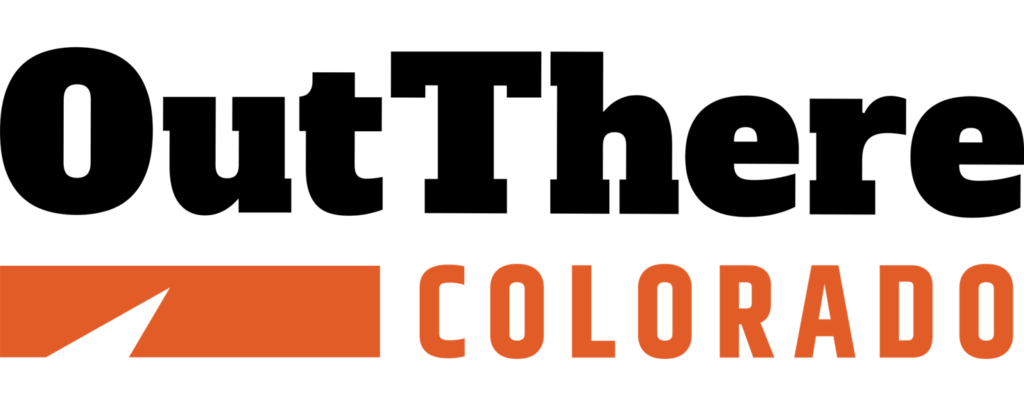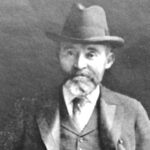State financial aid program fills needed teacher gaps with incoming educators
It’s no secret that Colorado is short on teachers, nor is it that these shortages are more significant in specialized fields like special education and geographic areas like rural communities.
Recognizing the need, the Colorado legislature approved annual funding in 2021 to help aspiring educators enter the workforce without any financial burden. Approved applicants to the Educator Recruitment and Retention program can receive up to $10,000 to cover all the costs for their chosen education preparation program in the state.
The program also places educators in teacher shortage areas identified by the Colorado Department of Education.
According to Margarita Tovar, the department’s chief talent and human resources officer who oversees the program and its grant awards, the development of the legislation and program was an effort supported by equal parts higher learning institutions, local school districts and other education advocates witnessing the impact of the teacher shortages.
“This is one of those programs that really brings cohesion and advocacy across all party lines,” she said. “Because it’s a pretty unanimous idea that someone’s bank account should not deter them from entering the field.”
According to the state’s teacher shortage survey results for the 2024-25 school year, the most critical teacher shortages were for subjects in English language arts, elementary education, mathematics, science, physical education, social studies and special education generalists.
“Teaching in general, but specifically special education, there’s a shortage. That’s pretty obvious, I feel like,” said Isaac Wright, who recently completed his first year as a special education teacher at Centennial Elementary School in Harrison District 2 thanks to the program.
“You have teachers work for three years and call it quits because they can’t take it. So, I did know that it was going to be a challenge with obstacles to go through.”
Additionally, the special service providers in most need are school counselors, occupational therapists, school psychologists and speech-language pathologists.
Through a state-approved education preparation program, those wishing to earn their teaching license or alternative license can do so through simultaneous program work and on-the-job training in a classroom.
For rising teachers like Austin Howell, the program is what gave him the opportunity to change careers after previously earning a pastoral undergraduate ministry degree and working for a local YMCA. Specifically, it gave him the chance to learn the necessary skills while still being able to support himself.
“I think the grant was so essential for opening up that opportunity for me,” Howell said. “Even if I wanted to work at the school, without the grant and making that commitment, I don’t think it would have been possible.”
Howell began working as a paraprofessional at Prairie Winds Elementary in Lewis-Palmer District 38 last year and will enter the upcoming year as a special education teacher. He decided to switch careers after years of positive experiences working with kids and recognizing the impact his teachers had on his life.
As he enters his second year, he said the biggest takeaways have been the support he’s received from his staff who understand the challenges new teachers face and the impact of his work in filling a needed gap.
“Having a child with a learning disability, it’s tough to know what to do, to know how to support them, to navigate those things, be it academic-related, emotional, cognitive, medical,” he said. “There are so many things and I’ve really been learning to see my job not just as textbooks and giving a score, but also how I give to these families long term.”
Now in its third year, the program has begun to yield tangible results. Statewide, the educator shortage decreased in 2024-25, with 2.91% of positions in shortage, compared to 3.53% in 2023-24 and 3.63% in 2022-23. Unfilled positions statewide fell to 0.68% in 2024-25, compared to 1.64% in 2023-24 and 1.90% in 2022-23.
Tovar added that they’ve received positive feedback on the retention aspect of the program, with 88% of the funding recipients staying in the classroom after their first year.
“And 50% of those recipients said they would not have been able to stay in the field if they hadn’t received the funds,” she said.
Additionally, 94% reported that the program positively impacted their career.
“I feel like I’ve found my home, my tribe, a place where I feel supported,” Howell said. “And staying longer helps you feel like you get to see that difference that you make over the long haul.”
More work is still needed to close the rural educator gaps, which were reportedly 6.92% in 2024-25, compared to 6.87% in 2023-24 and 6.95% in 2022-23. That being said, total unfilled positions have dropped significantly, going from 2.05% in 2022-23 to 1.64% the next year and down to 0.76% in the most recent school year.
Applications for the program are limited and will close Sept. 30.








